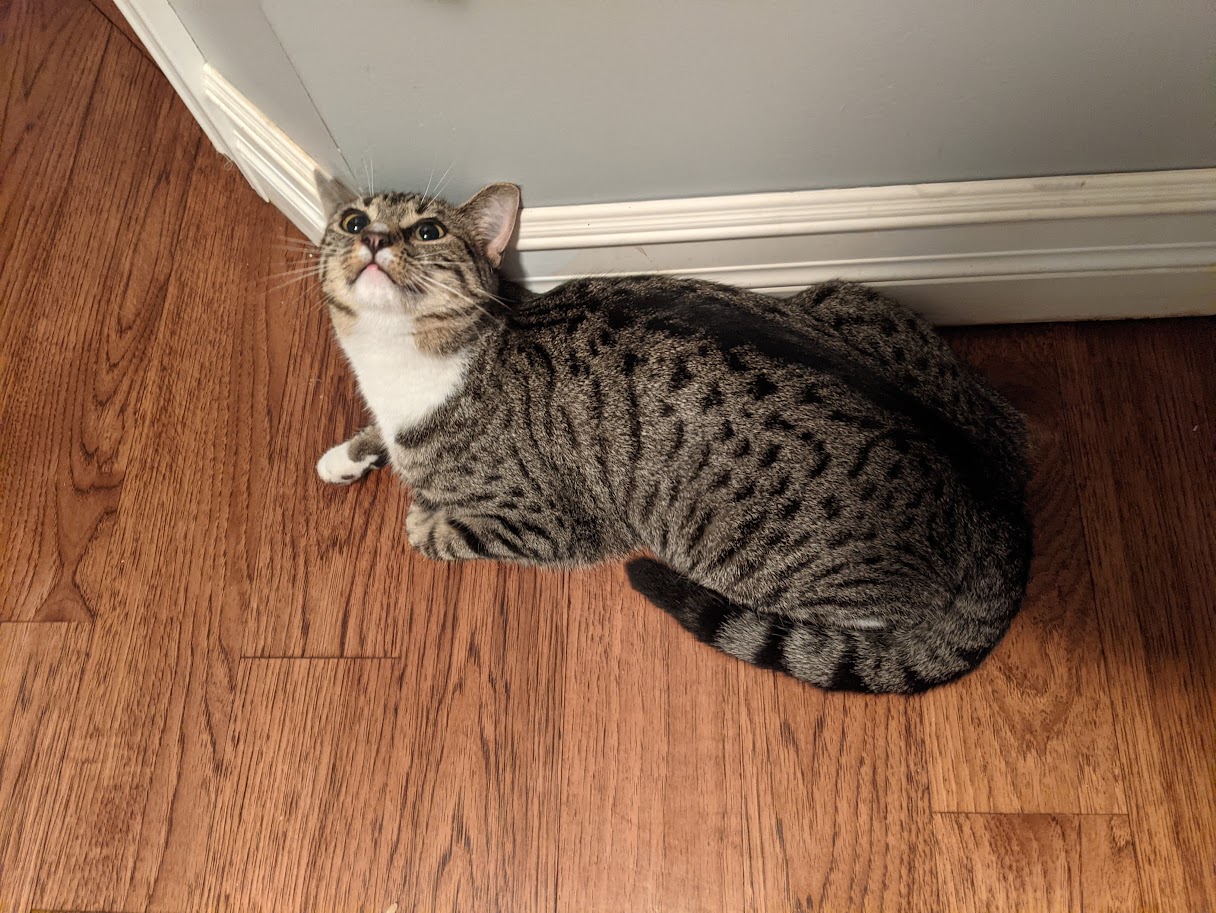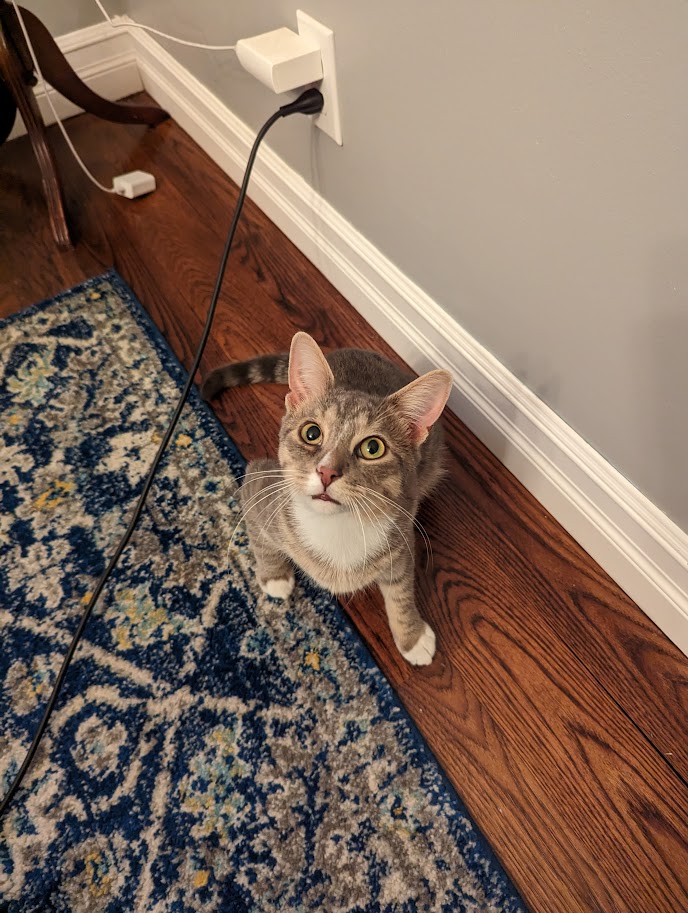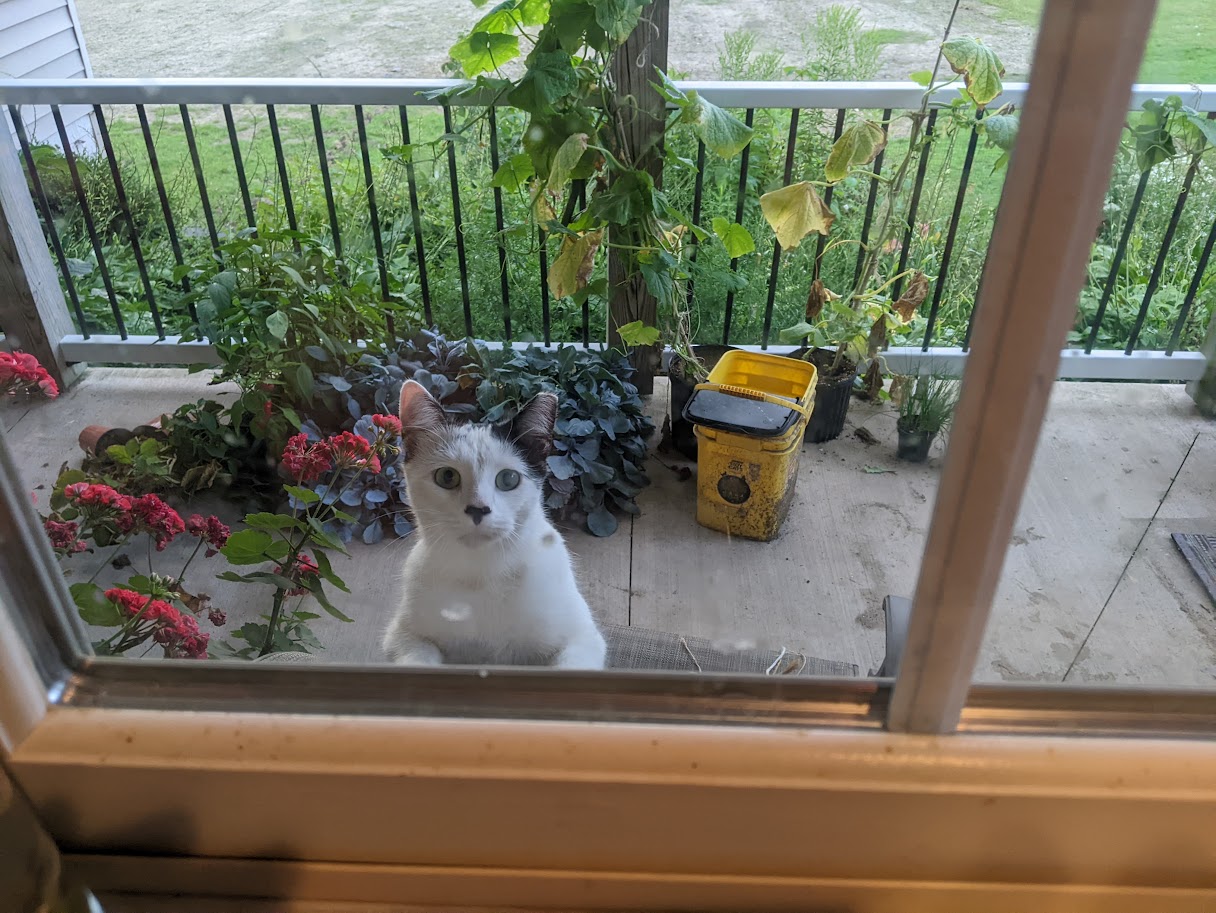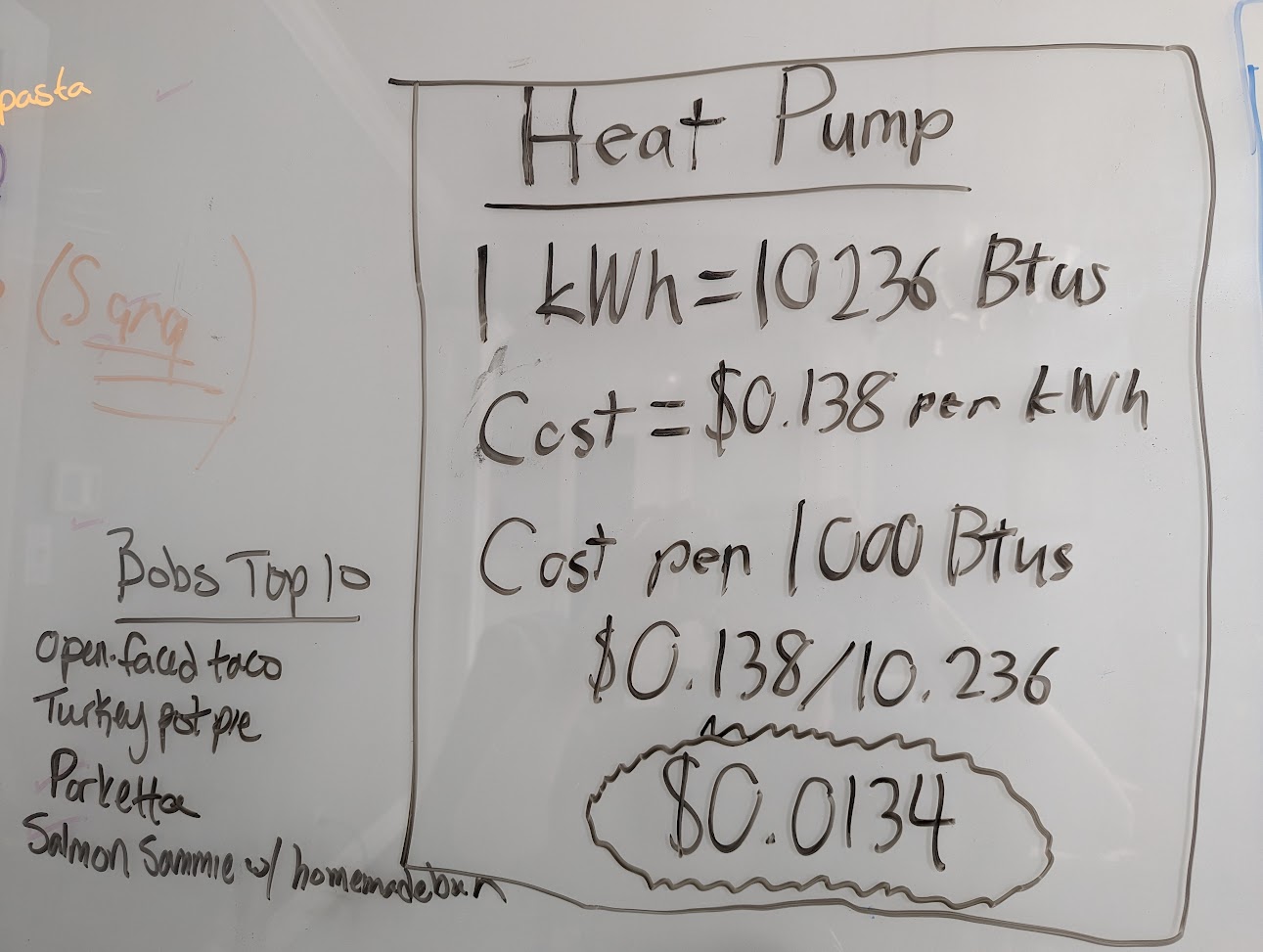Posts from the previous two weeks were about HVAC. The Neilson ratings have come in and I’m concerned I may have permanently torpedoed our business. As an attempt to drive up viewership, today’s post will be about cats. There will be pictures. Cat pictures.
Snowy Brook Farm believes firmly in the Three Cat Doctrine. This principle states that the household can and must support three cats at all times to maintain an appropriate balance of mice carcass, carpet hairball stains, and nighttime wailing. Fewer than three cats and you risk not having enough throwaway photos for the annual Christmas card. More than three cats, and Amy gets put in charge of scooping poop. And so, the Three Cat Doctrine has been maintained at Snowy Brook, as well as our previous enterprises, for nearly a decade. With that out of the way, allow me to introduce to you to the three current cats of Snowy Brook Farm, in order of most to least obese (this also happens to be chronological. No correlation I’m sure).
Name: Pudge
Age: Old
Weight: A Lot
This is Pudge. I considered going with a picture that showed his face, but frankly, that’s not what Pudge is about. Pudge has one trick. That trick is belly rubs. There’s absolutely nothing else to this thing. In fact, let’s go through the 7 characteristics that define life and see if Pudge even qualifies.
- Cellular Organization: Pudge is a unicellular organism composed of a single fat cell. Passes, but barely
- Homeostasis: Should Pudge’s external environment change, he is unable to stay composed internally. Hard fail.
- Metabolism: Pudge is able to convert food to poop. Pass
- Growth: Pudge grows exponentially with time. Pass
- Adaptation: Changing the cat food from pate to chunky took a few days for him to understand that both were a form of food, but he eventually figured it out. Pass
- Response to stimuli: Touch Pudge, he flops. Sunbeam? Flop. Pile of clothes? Flop. A single response regardless of the form the stimuli takes. Pass, but only with like a C-
- Capable of Reproducing: Nope
So there you have it. As far as life goes, Pudge probably falls more in that hazy virus category rather than a fully complex organism. We enjoy his presence nonetheless, but overall, he ranks 3rd on the cat tier list.
Name: Bird
Age: Increasing
Weight: Increasing
This is Bird. Her name is actually an Always Sunny reference, but everyone just assumes her name is Bird because we own 600 of them, and that fine. Bird follows the “scaredy cat” archetype. If you visit, you will never meet Bird, for every sound you make sounds to Bird like an attempt on her life. Despite this, she is adaptive to her surroundings and is the only cat that has shown a shred of intelligence in this household. Additionally, she is the only cat that does not scream at 3am. For this reason, Bird currently has the distinction of Best Cat.
Name: Pea (formerly known as Peacock)
Age: Also Increasing
Weight: Surprisingly healthy!
Pea is the newest member of the household, having been here approximately a year. Amy rescued him as a stray following a hit-and-run, nursed him back to health, and ever since he has loathed her for it and taken to me instead, who gives him very good pets. Suggested names originally included Roadkill, One Eyeball (he originally only had one working eye from the accident), and TongueStickyOutey. Ultimately we settled on Peacock due to his incessant screaming reminiscent of a bird in heat. Since then, he has been neutered, and so we dropped the cock and just call him Pea. Pea is a normal cat. Pea hunts. Pea screams. Pea sees fragile items and knocks them over. Though originally more aloof, Pea has been learning the ways of the flop from Pudge and is slowly transitioning from “wild feral” to “fat flopping cat”. His fear of pate is the only thing keeping him at a stable weight.
So those are our cats. But like any good sitcom, it’s the supporting roles that truly elevate the cast. Here are some of the supporting cats in our lives.
Poopsie is the queen. Dropped off on the side of the road as the runt some 10 years ago and found by Amy and her siblings, Poopsie took her runt status with prejudice and through hard work, became The Greatest Cat. Friendly, curious, regal, lethal, all while possessing the dumbest face, Poopsie combines all the best qualities of cats and shows that microevolution is possible in mammals. She is the mother of Pudge and many other popular kittens, and currently resides in Northeastern Pennsylvania where she can keep a close watch on Amy’s family.
This is CatSpar, the neighbor’s cat. Do not be fooled by his adorable looks and extremely pettable head, for CatSpar has a single purpose in life: To destroy the Snowy Brook cats and void the Three Cat Doctrine. While upon first glance he may come across as a major antagonist to the Snowy Brook trio, there have been surprisingly fewer coyote attacks since he began making his presence known. Perhaps CatSpar is less of a villain and more of an antihero. Either way, very cute.
 We’ve got (top-right) Plume, (bottom-left) Egg, (bottom-right) Marshmellow, and (top-left) We Paid $300 to Have You Neutered 2 Days Ago And Now You Decide to Die? These four cats were all once members of the Three Cat Doctrine at Snowy Brook Farm, but have moved on to other things for various, dead-related reasons. They were all good bois, and it is believed that in moments of dire stress, the current Snowy Brook trio calls upon the spirits of these past lives to help guide them, be it in discovering some sort of new yowl, finding new crevices to flee from scary guests, or learning to poop right on the edge of the litter box for maximum mess.
We’ve got (top-right) Plume, (bottom-left) Egg, (bottom-right) Marshmellow, and (top-left) We Paid $300 to Have You Neutered 2 Days Ago And Now You Decide to Die? These four cats were all once members of the Three Cat Doctrine at Snowy Brook Farm, but have moved on to other things for various, dead-related reasons. They were all good bois, and it is believed that in moments of dire stress, the current Snowy Brook trio calls upon the spirits of these past lives to help guide them, be it in discovering some sort of new yowl, finding new crevices to flee from scary guests, or learning to poop right on the edge of the litter box for maximum mess.
Alright, you got your animal pictures. Next week we’ll talk desuperheaters! No? More animal stories? Fine.















